

CBR1000RR Fireblade | Photo credits: Honda Powersports
Honda has finally showed us something about the new CBR1000RR Fireblade, with patent drawings being filed and made public by the United States Patent Office just a few days ago. But this time, Honda hasn’t just filed some generic patents! The Japanese manufacturer seems to be ready to use on their flagship superbike, a variable valve timing system, or, in Honda’s own definition, the famous VTEC system.
This would make a lot of sense for Honda, in many ways than just boosting power on the CBR1000RR Fireblade, a bike that, comparing to its rivals, especially the updated superbikes for 2019, makes a lot less power from its inline-four-cylinder engine.
Not only Honda could work the engine to get it up to date, and probably bring the CBR1000RR to pass the 200 hp figures, but using the VTEC – Variable Valve Timing and Lift Eletronic Control – will also allow Honda to do that and, at the same time, be able to homologate the upcoming Fireblade according to new European homologation rules, the Euro 5, expected to be introduced by 2021.
Euro 5 will present motorcycle manufacturers a lot of problems, but superbikes in particular will suffer the most.
These bikes need a lot of valve overlap (moment the intake and exhaust valves are opened at the same time) to get fresh intake charge into the cylinder, and with that they make huge amounts of power, particularly on high revs. But down in the rev range, these settings aren’t efficient, and the overlap period is bigger than really needed, burning unnecessary amounts of fuel and the emissions created by superbikes are worse when we ride at low speed, making them unable to fulfill future Euro 5 emission rules.

So, in order to overcome this problem, motorcycle (and car) manufacturers have been using variable valve timing and lift systems.
The system will be different according to each manufacturer choices and particular needs: Ducati has been using the DVT (Desmodromic Variable Timing) on its Multistrada “all-in-one” bike for years, using a hydraulic cam-phasing system. Suzuki has adopted the S-VVT to fit the latest generation of the GSX-R1000, which is a completely mechanical system. Then we’ve recently seen BMW Motorrad also installing this kind of technology on their engines, particularly on the new R1250 GS and most notably on their brand-new S1000RR superbike. But BMW’s system, the ShiftCam, only works on the timing and lift on the intake valves.
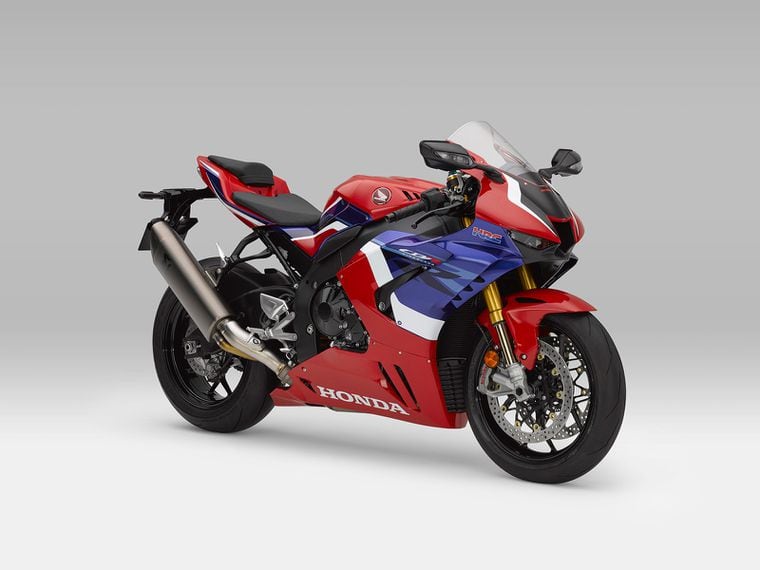
CBR1000RR Fireblade | Photo credits: Cycle World
This is where Honda plans to make the difference, by using a full VTEC system on their CBR1000RR Fireblade: The Fireblade VTEC system will alter the settings of both valve lift and valve timing on the intake and exhaust valves. The VTEC will be able to control valve lift (how far the valve opens) and valve timing (how long the valve is open). Small valve openings for better torque at low revs, and longer and bigger valve openings for top-end power.

As of now, there’s not much more we can say about the new Honda CBR1000RR Fireblade. We’ve been talking about this bike for years, and Honda keeps the updates on this iconic bike to a minimum, while other brands are in an all-out war searching for big power numbers and conquering race wins and clients.
If Honda does decide to use VTEC system on the new CBR1000RR Fireblade, we might also see the Japanese brand increase the engine capacity to 1100 cc. Those are just rumors, but rumors that would make sense in case Honda is really working on a new V4 superbike.
They could continue to sell the CBR1000RR Fireblade with VTEC, and then build a special V4 superbike with just 1000 cc for racing duties in World Superbike.



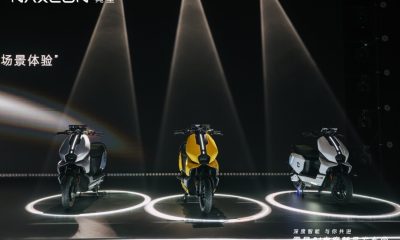

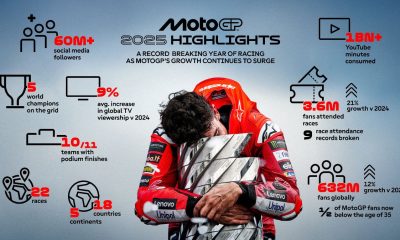
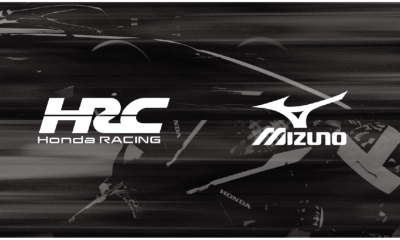


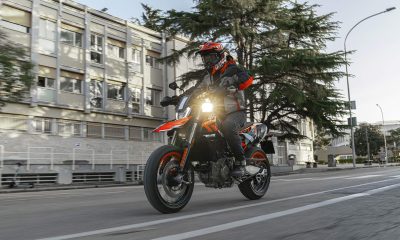
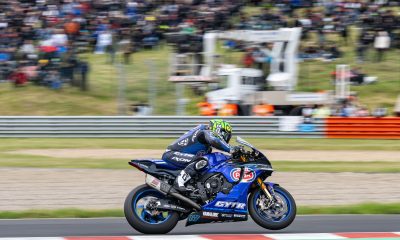

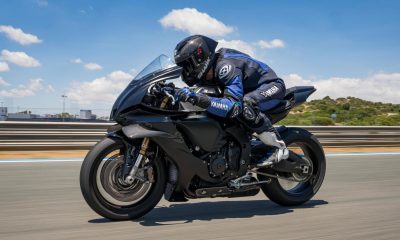













Facebook
Instagram
X (Twitter)
YouTube
LinkedIn
RSS